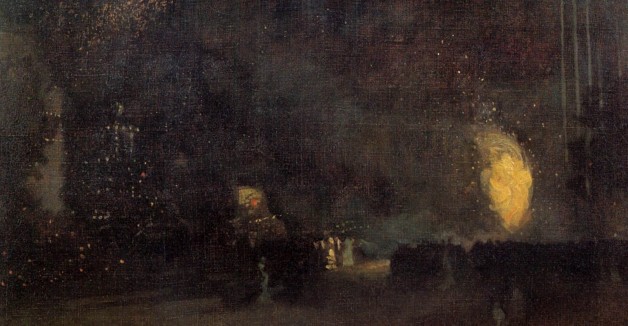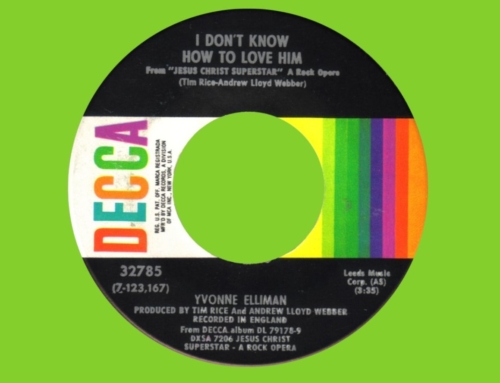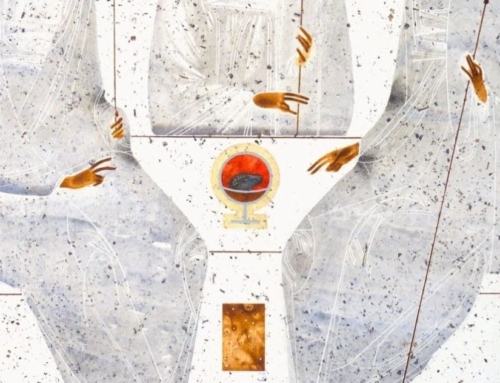The main villain of Christopher Nolan’s The Dark Night Rises is a brutal killer named Bane, whose personal history of darkness has taken physical form in the disfiguring mask that reduces his face to a cruel cipher and his voice to an uncanny simulacrum of human speech. Bane is a dark vision of human power unshaped by the contours of a moral sense; his violence is not random, but cunningly orchestrated to deform order into chaos and life into death whenever he can. His seemingly unstoppable force and apparent lack of motive leads one of his victims to stammer out, “You’re… pure evil!” before falling into the waiting arms of death.
But such deeds are not limited to the realm of the imagination. James Holmes’ unpredictable but systematically organized attack on a movie theater in Aurora seems to betray the same thirst for chaos and death that Nolan imbued into the Bane character. Various Internet pundits have unknowingly applied Nolan’s very words to Holmes’ act, calling it “pure evil,” or in the precise words of Jim Daly, president of Focus on the Family, “the product of pure evil.”
Spiritually, no one but God knows what is in the heart of a man, and we can safely leave the temporal assessment of Holmes’ guilt to the jury that hears his trial. But we might fruitfully examine the phrase “pure evil” to learn more about what evil does and does not mean about the world God has made.
Intuitively, the phrase makes sense. A truly heinous act seems like a sucking wound in the body of the world, a black hole that pulls in and destroys all the light and meaning on which we rely. Such deeds contradict the message of creation; where God says “Let there be…,” they say simply “There is not.” “Pure evil” is what we call acts that appear to be part of a nothingness that is equal but opposite to God’s being.
Therein lies the danger of the phrase. It suggests that evil exists independently of the good, stemming from an Evil One who rivals God and owes Him nothing. But evil never exists in a radically pure form; it is always merely a corrupted wreck of something that God made good. Even Satan, the “murderer from the beginning” (Jn 8:44), is good insofar as God sustains him in being, however depraved he has made himself by freely rejecting God’s desire to bring him to perfect fulfillment in grace. Evil is, in St. Thomas’ words, merely “a privation of form” and “a privation of order to the proper end” (Summa Theologicae I, q.49, a.2)—it is merely the not-being-there of something that should be there.
Yet for something that is only a privation, evil does seem to exert a powerful pull on our minds, capturing our imaginations. Some people scour news reports for all the gory details about the latest serial killer; others collect stories of gruesome crimes. On a more mundane level, we all tend to fixate on the wrongs done to us, as if endlessly turning them over in our minds will somehow wring meaning out of the events.
But focusing on the evil of an evil act will never help us understand why something bad has happened. To understand a bridge collapse, a civil engineer does not simply stare endlessly into the abyss yawning between the two shattered bridge-ends; rather, he examines what remains and tries to work backwards, using his knowledge of bridge construction to determine what should have been there but wasn’t.
As a privation, evil cannot be understood in isolation. To think meaningfully about an evil act, we must recognize what real or perceived good was the intended object of the act, and how the result failed to achieve the complete good that the act needed. Bane’s acts seem completely incomprehensible at the beginning of the movie, when all we see is the raw evil of their effects, but as the film goes on we learn that even this juggernaut of evil is motivated by a powerful love—one that has gone deeply astray to be sure, but a love that could have been beautiful. Bane is not the incarnation of a pure evil—he is a cruelly broken man searching for a real good that he does not know how to obtain.
This is why the Catechism—and the Church in general—never talks about evil in isolation, and rarely even mentions the subject directly. Satan may tempt us into believing that there is such a thing as pure evil, but the truth about reality is the fullness of perfection towards which God calls it, not its brokenness. Staring at the evil of an evil deed makes it more and more incomprehensible; only by seeing it in the context of the good order God desires for the world can we see the true nature of the deed. Only by knowing and loving what is right can we see how things go wrong.
As we stare in horror at the evil we see Bane do in the film, his deeds threaten to overwhelm us until we see them in the context of the good for which he is brokenly reaching; likewise, no matter how many details we learn about the events of July 20, we will never learn the truth about James Holmes—or the world around us—if we allow ourselves to believe that a pure evil has somehow sprung into being. We may never know exactly what good James Holmes thought he was reaching for, but we nevertheless look with confidence and trust at the God who has “overcome evil with good” (Rm 12:21).
✠
Image: James Abbott McNeill Whistler, Nocturne, Black and Gold, The Fire Wheel







